In the past several years of having worked with small business owners, every time I discuss marketing, the direction the conversations take are always around throwing money around advertising, around having presence in trade fairs or spending money on google or promoting their products on amazon.
I have met only 6 business owners, who think about marketing from a customer lens. These business owners have a few things in common.
- They want to make things for their customer – not making whatever they want and then trying to sell it
- They have a laser focus on who their customer is
- They are very comfortable taking a stance even if it means not serving a few potential customers
The above traits brings marketing to its essence, which is missed by most small business owners.
A small business should formulate a marketing strategy after careful consideration of who their customers are, what is the customer’s single biggest pain-point and if the business can solve that single biggest pain point completely and comprehensively. By definition, a marketing strategy will force a small business to serve some customers and leave out others. A marketing strategy that aims to serve everyone is bound to fail.
If you as a small business owner agree with this philosophy, please go ahead and consume what is in the following sections.
Why small businesses should look at a marketing strategy as a business growth journey?
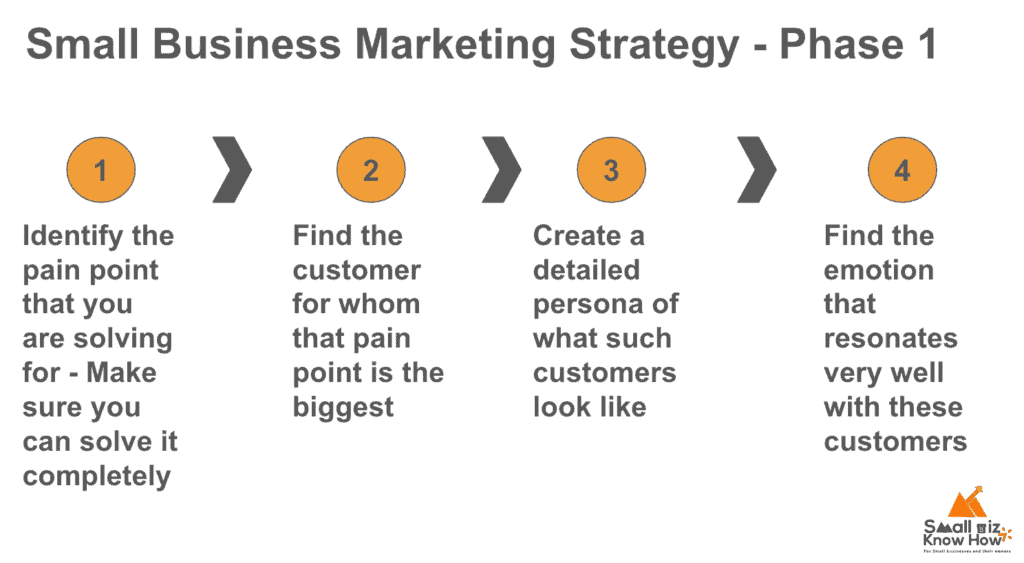
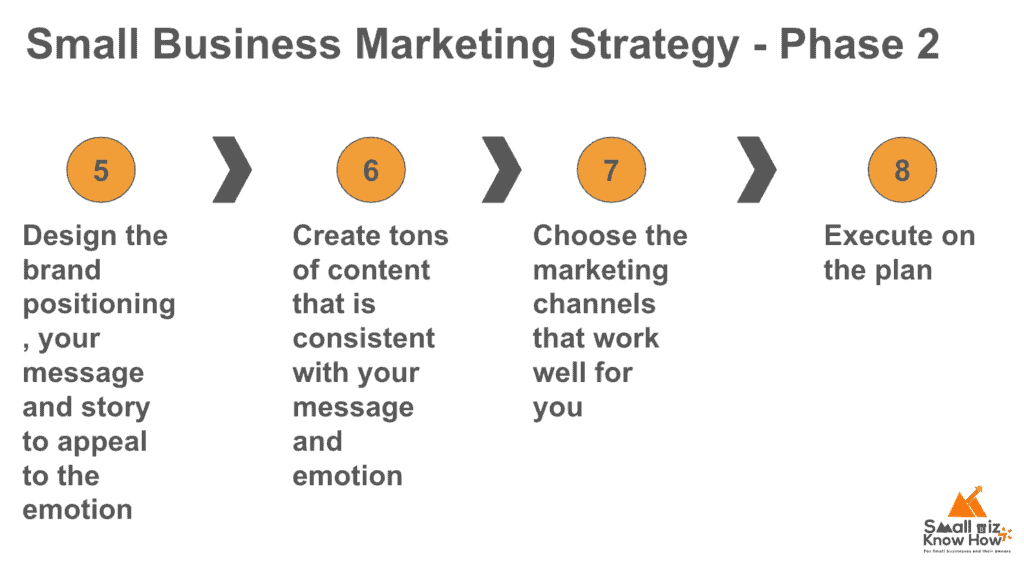
Think of marketing as ‘the journey of educating your customers about who you are and how you can solve your customer’s problem’. Marketing is not ‘Making things go viral’, Marketing is not ‘Spending tons of money on Ads’, Marketing is not ‘Being the one with the biggest loudspeaker’.
As a small business owner, you think about your customers at all times. That is the only way to drive sustainable growth for your business. You have limited resources, you should make sure that every penny spent, gives your the results that move your forward.
Have you ever stopped to think “I am putting in so much money on ads and on promoting my business, who am i really speaking to?”. The moment you ask yourself this question, your approach to reach out to customers will change.
When you pivot to looking at your marketing strategy as a business journey, you will always approach this with the customer in mind.
How should a small business make a marketing strategy? Step by step process to promote your business
The images displayed above essentially talks about how you must start preparing your marketing strategy. The golden rule is “Always start with your customer in mind”.
Start with your customer, Let them guide your marketing and branding efforts

Choosing your target customer is essential to the success of any business and marketing campaign. I have seen large business houses struggle to get their product off the ground simply because they could not articulate who the product is for and for whom their product isn’t for.
Finding our target customer is a scientific process that involves multiple steps and iterations. To simplify this process there are essentially, 4 questions that you need to get answers to.
- What is the exact pain that my product or service is solving for the customer – It can be anything among saving time, cost, reducing errors, increasing revenue or improving productivity
- How big is this pain point for the customer? – Choose the customer for whom this pain point is the highest. For example, managing case documents might be a much bigger pain point for a lawyer versus a notary.
- Does the solution your provide solve the problem really well for the customer for whom the pain is the highest? – It should have a 10X impact for this customer than the current solution
- Do you have access to the required number of such customers where your solution and the customer’s pain are a perfect marriage? These customers should be able to sustain your business
Once you have done the above exercise, you will have a great idea of who your customers are. Visit them, meet them and spend time to make sure that all your hypothesis are validated.
Design your Branding, Brand positioning and Brand Story based on your strengths and customer problem: Your marketing strategy should be more about telling the world what you stand for
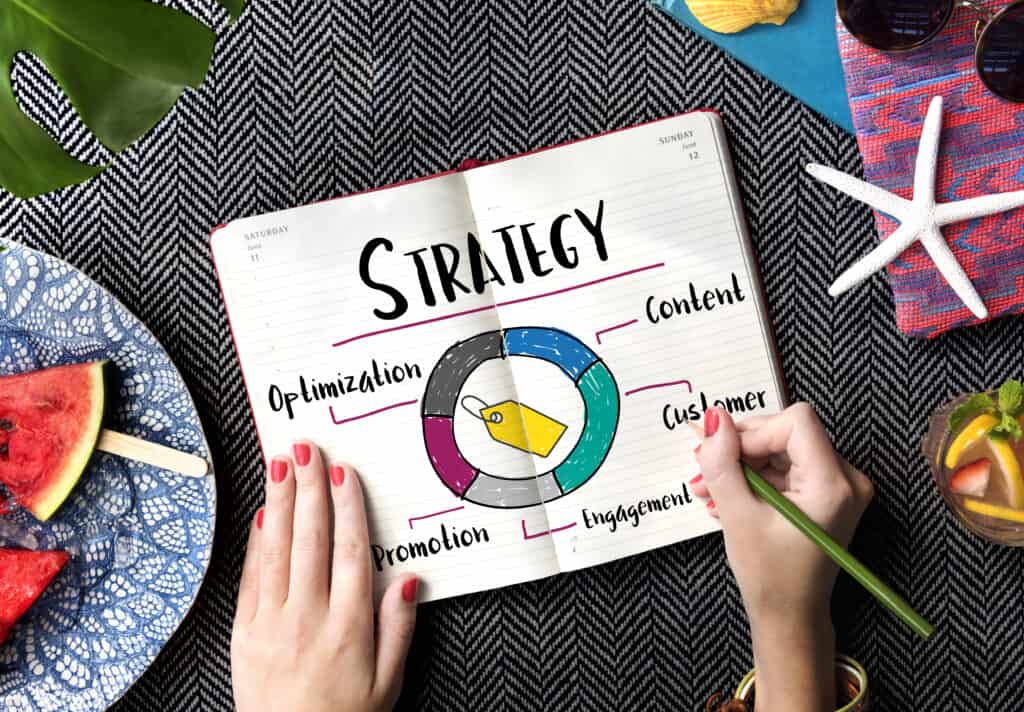
Once you know whom you are selling to, you need to work on what your brand should mean for them.
Getting your branding right: A brand is meant to ‘communicate’ what you stand for in your absence. Its not the font, colour scheme, logo or design, but simply what your business stands for. The reputation of your business precedes your brand.
As a small business owner, you must make an effort to tell the world what your business stands for to evoke a feeling. A ‘brand’ is simply putting a name to that feeling. As you can see if you want to spread the word about what your business stands for, having a brand will help you communicate your substance.
Ultimately, customers will trust you once you have built a reputation over time and with consistency. What a brand will help you do is to communicate that consistency and reputation much more easily in a form that people can understand. Create the brand by becoming what you want the brand to be known for.
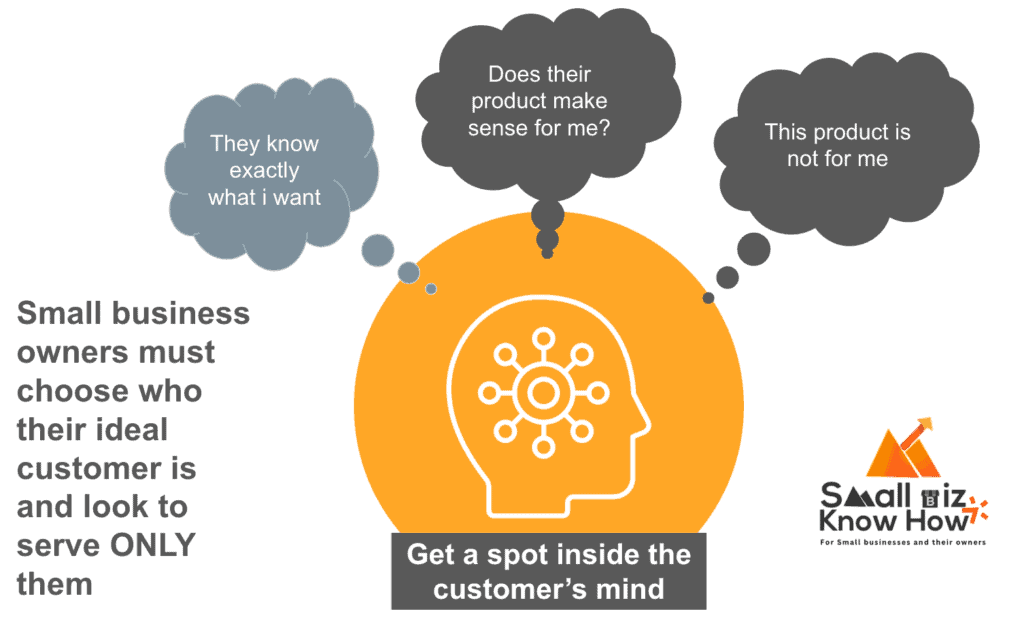
Position your brand to make sense for your target customer: Brand positioning is basically, the ‘mental spot’ your business occupies in the minds of your customer. It is very closely tied to customer preferences and how your business caters to those preferences. Each customer be it a consumer or another business have different tastes and preferences.
Knowing exactly what are the preferences that you cater to dictates the brand positioning strategy you take up for your business. There are many factors that determine how a small business should approach brand positioning in the market.
The most important factor is having the most detailed and granular answer to the two questions below. Getting answers to these creates clarity around who you serve and why
- Who IS my customer?
- Who IS NOT my customer?
As i said earlier, if you started your journey with the customer, trying to figure out their pain points and how big those pain points are, you will have a ready answer here.

Tell a great brand story: Once you have a strong sense of what you want your brand to become for the customers you chose, its time to communicate that. No better way of communicating this except via a story.
Many small business owners struggle with good story telling. The approach that i have devised to tell a good story can be called as ‘somewhat scientific’ and becomes a useful resource for business owners.
A good story helps connecting to audiences on an emotional level. In link above, there is a playbook a small business owner can adopt to build a story for their situation.
There are 5 elements that form a great story, which are
- The raw emotion to be tapped
- The context
- Tension
- Tension and Struggle to overcome
- Triumph and on to the next challenge
As you build an outline of a story using these steps, make sure that it connects deeply with the emotion that the customers go through so that the story resonates. Story telling is a very good marketing strategy that many companies have used successfully to grow big.
As you go through these critical steps for your business, you will have to now look at areas that you will have to be ready with.
Create tons of content – Your marketing plan should be about becoming thought leader as a business
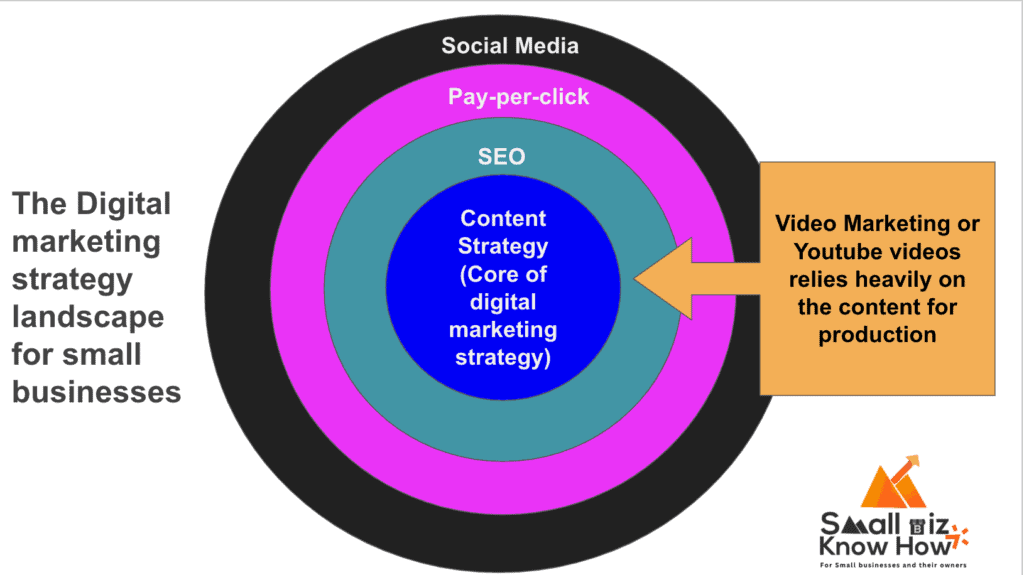
As a small business, you should build a stream of organic visitors to your digital properties such as websites or social media pages. Content marketing is something you need to invest in right from the beginning.
Content marketing is the backbone of any digital marketing plan for a small business or any digital marketing strategy. The word ‘Content’ can be described as information that is given to potential customers, about your business. Content refers to the long form textual information that is usually found in a blog that businesses put up on their website.
In the days of the past, if a person wanted to sell an ‘idea’ they usually wrote a scientific paper or a book to communicate that idea. In a similar manner, in today’s age where you want to sell a product or a service, as a business, its imperative for you to write good quality content that provides good information.
Content marketing is a strategic long term approach that seeks to establish a mutually beneficial relationship with a potential customer. The essence of this approach is two fold, good content gets you online discovery on search engines. Good content also educates the customer about the virtues of your business, making them more likely to become paying customers.
SEO is an important technique you must learn: Investing in SEO as a small business will get you more targeted traffic organically through search for your website. Look for all terms and phrases that are related to your business and product. These keywords are the most important elements of search that potential customers do.

The primary goal for any small business is to get their business discovered through what customers are searching for. SEO is a scientific and structured way to go to where the customers are. You as a business, are competing with other companies to gain the top spot to be seen in front of customers.
SEO done right will get you the following
- Higher visibility in search engine rankings over the long term
- Build trust and credibility as your target customers will see you more often in their search
- Targetted, high intent search traffic for free
- Building thought leadership and awareness
These benefits cannot come through paid advertising, hence if you plan to run your business over the long term, SEO and content marketing must be your key pillars of any digital marketing effort.
The content strategy should come in after you have done enough work on your brand and brand positioning so that the content aligns with your target customers and what they may want.
You need to do both offline and digital marketing for your business – Marketing strategy is more than just advertising
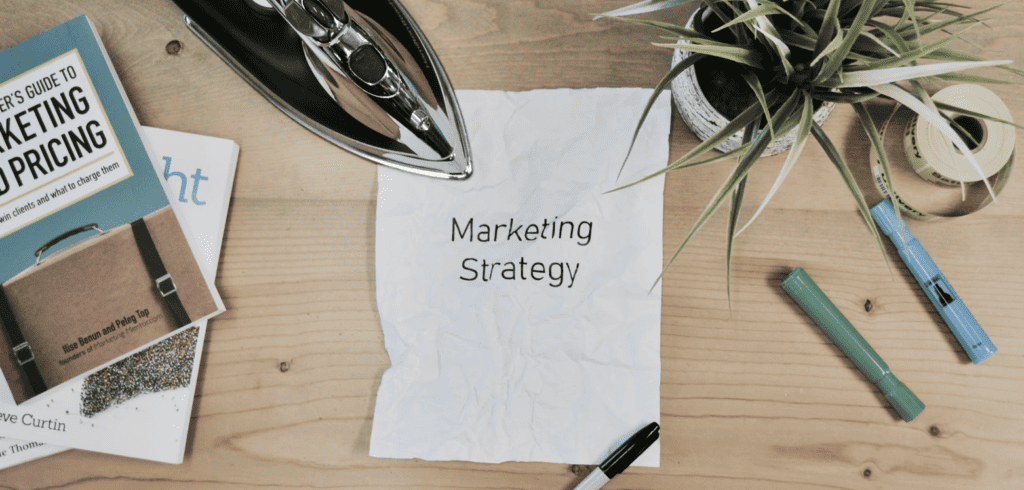
Content and SEO, both of which are key pillars of a digital marketing strategy. In addition to these, as a small business with aspirations of growth, you need to focus on marketing offline as well.
These are traditional approaches to marketing which many would say has lost its sheen due to digital marketing. However, the amount of trust building that you can do with these marketing methods is often underrated.
Networking or Local Events can really help small businesses. A small business can see great traction if it hosts local events in the community and specially invite target customers to interact and start a community building exercise.
Some things that you need to keep in mind while doing these events are the budget, the location and if your customers can actually make it for the event. Things that you should keep in mind when conducting community events are:
- Expected footfall and visitor traffic
- Visibility and accessibility
- Proximity to complementary businesses and
- Community and cultural fit

Many small businesses forget the power of print marketing to help them promote thier business in the local community. Print media and print marketing needs to be a part of any small business marketing strategy.
Print media can help a small business grow in 5 specific ways
- It builds credibility and trust
- It creates a tangible connection with the customer
- It can really engage with your niche audience
- It can be integrated with your digital marketing efforts
- It helps in local targeting of customers
In addition to these, a good networking strategy for your small business is also crucial to build partnerships and drive growth non-linearly. Having many genuine advocates for your business is always a good thing.
Choose the most effective digital marketing channel based on where your customers are – Your business strategy must reflect in your marketing strategy
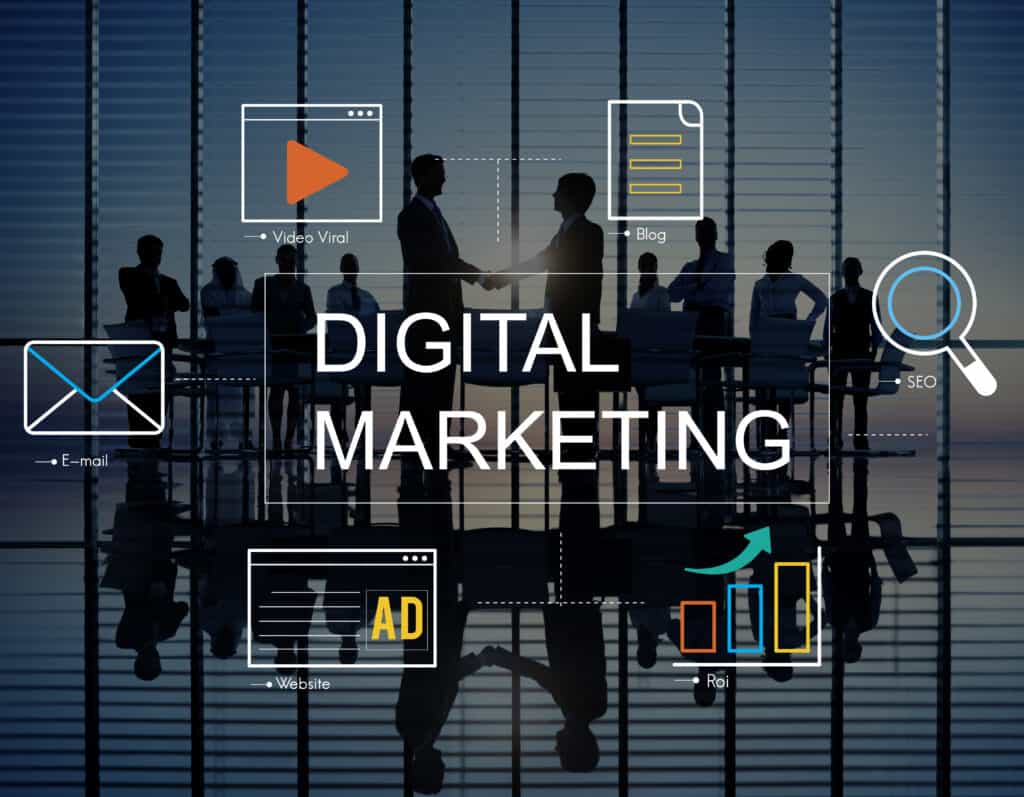
There are many channels that small businesses have at their disposal when it comes to digital marketing. Not everything works for all businesses. Knowing what to prioritise will help the small business deploy on the required resources and not unnecessarily waste limited resources in experimentation.
If you look at a holistic digital marketing strategy for a small business, you will see that it encompasses a lot of strategies that should seamlessly fit together and deliver what the business wants.
We already spoke about how content marketing and SEO play crucial roles in any marketing, not just digital marketing. As a small business, you must consider those as table stakes.
Now, for other digital marketing channels, you need to choose what makes sense for your business. Some of the most common channels that help small business get the word out and drive scale are
Social Media Marketing: Social media is not meant to drive revenue for your business. What it is meant to do is to give you an outlet to discover your audience and as a means for your audience to discover you. There are very few businesses who have successfully managed to grow their revenues from social media advertising.
Factors such as Saturation on social media, overlapping target audience and frequent changes in algorithms makes social media a digital marketing channel that small businesses should use to build an audience.
Educate, inspire and create a following on social media. Give out useful information, engage your audience and address grievances on social media. Don’t look at it as a platform to drive sales for you. You will only be getting onto a ‘hedonic treadmill’ if you want to sell using social media.
Trying out paid ads on Google: Google pioneered and scaled the concept of pay-per-click (PPC) advertising.
Pay-per-click (PPC) is a digital advertising model used to drive traffic to websites which has been mastered by google through their algorithms. This is a concept in which an advertiser (small business) pays a publisher (google) each time an ad that is displayed is clicked.
If you as a small business sign up for a google ad, your payment happens only when someone clicks on the ad placed by google in the search engine results page. You will not pay anything if your ad is only displayed and no once clicks on it.
Use paid ads top experiment what kind of audience you get with the keywords and if that matches with your branding efforts. Once you nail that, you can use the learnings to drive the content strategy in a sharper manner.
Many small businesses underestimate the power of email marketing: The humble e mail, when crafted in a thoughtful manner and sent just-in-time for a customer, can do wonders for your brand, credibility and trust.
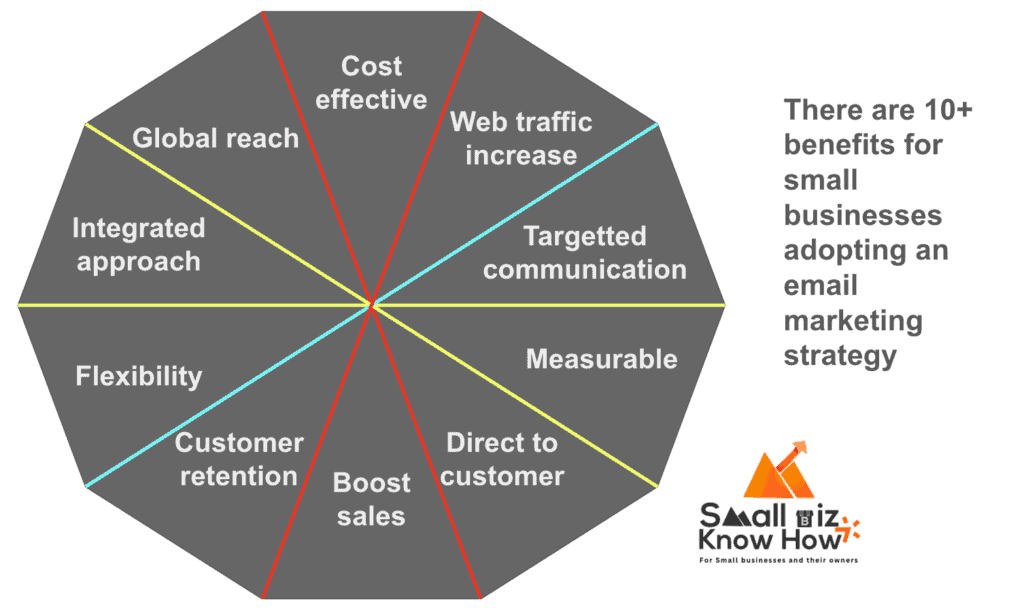
Email marketing strategy is the second most important for a small business in its digital marketing strategy right after content marketing strategy. Like content marketing, email marketing is a channel that you have complete control over.
There are tangible benefits to email marketing that small businesses can reap as they make efforts to build an email list.
- Email marketing ensures that you have control over your audience list and its not subject to any algorithm changes
- You can send personalised communication directly to your intended customer
- Its extremely cost effective
- You can use emails to drive traffic to your website
There are broadly 4 types of email marketing campaigns, which small businesses should know about. The cover broadly 4 objectives (i) Educate and engage with recent updates, (ii) Promotes your products and services along with special offers if any, (iii) emails with clear objective of getting new customers and (iv) emails with the objective of retaining existing customers or getting back customers who have churned out.
Small businesses should leverage videos in their marketing strategy: Video marketing is a way of using videos to promote and market your small business, brand, product, or service. Nowadays, video marketing is an integral part of any digital marketing strategy for small businesses.

It’s really effective because videos can quickly grab people’s attention and communicate a concept much easier than written text can. By making and sharing videos, small businesses can build their brand, explain their products or services, and connect with customers.
In video marketing, the content of the video is important. This content can include things like how-to guides, product demonstrations, customer testimonials, or even behind-the-scenes looks at the company. Good video content helps people understand what a brand is all about and can make them more interested in what the brand is selling.
Videos are also great for online sharing. When people share a business’s videos on social media, it’s like free advertising. It helps the brand reach more people without spending extra money. Plus, videos can be used on many different platforms, like a company’s website, social media pages, or even in email campaigns.
Another cool thing about video marketing is that it lets businesses show their personality and authenticity. This helps build a connection with the audience. When a brand’s personality shines through in its videos, it can make people feel more connected to the brand, increasing brand loyalty.
Influencer marketing is another channel that small businesses can leverage in their marketing strategy: Influencer marketing is a digital marketing straregy for small businesses where a business can tap into the existing audience of a content creator on a social media platform.
The content creator is also an influencer since the audience he or she has often actively follow their advice and suggestions, making it a quick win for the partnering business to get prospective customers. Influencer marketing is especially useful for a business that is selling direct to consumers.
Influencers, with their following, can introduce a small business’s brand to a new and already engaged audience. This marketing strategy is not just about reaching more people; it’s about reaching the right people through trusted influencers. Its a direct and easy way to build trust for a new brand with a new audience.
Basically, influencer marketing harnesses the power of social proof. When potential customers see an influencer using or endorsing a product, it acts as a social cue, encouraging them to try the product themselves.
This is particularly potent in today’s digital world, where purchasing decisions are heavily influenced by opinions shared on social media.
Why Small business owners should not fall for marketing tactics that involve advertising their business across multiple channels

To recap whatever has been detailed out till now, a small business owner must start with a clear vision of the pain point the business is solving for, the pain point must be significant for the kind of customer you want to go after.
Profile these customers thoroughly to get a detailed persona of what they are. Look at the emotion that matters to these customers. Position your brand in such a way that attacks that emotion.
Your story and message must tug at the core emotion that you have identified. Create a lot of content about your brand, your product, benefits in a consistent manner that tugs at the emotion that you identified.
Choose the right marketing channels you need. Do not go everywhere, you are not a large company to waste resources to figure out what works. Be choosy where you want to spend money depending on where your target customers are present.
Execute on the plan. Don’t waste time.
Beware of marketing agencies that promise you the moon and ask you to invest heavily in channels on advertising with the promise of quick returns. You will see some results trickle in as you start spending, but as you scale up, the RoI cannot be justified.
Please take this feedback from someone who has seen multiple cycles of this over the last 10 years while I worked with multiple small businesses. Forget small businesses, even large corporations struggle to get results with just spending money across channels.
Long term actions of building content, creating a brand narrative always wins. Its a lot more sustainable, it does not cost you too much money. Even the money you spend, gives you a lot of digital assets that continue to deliver results over time.
